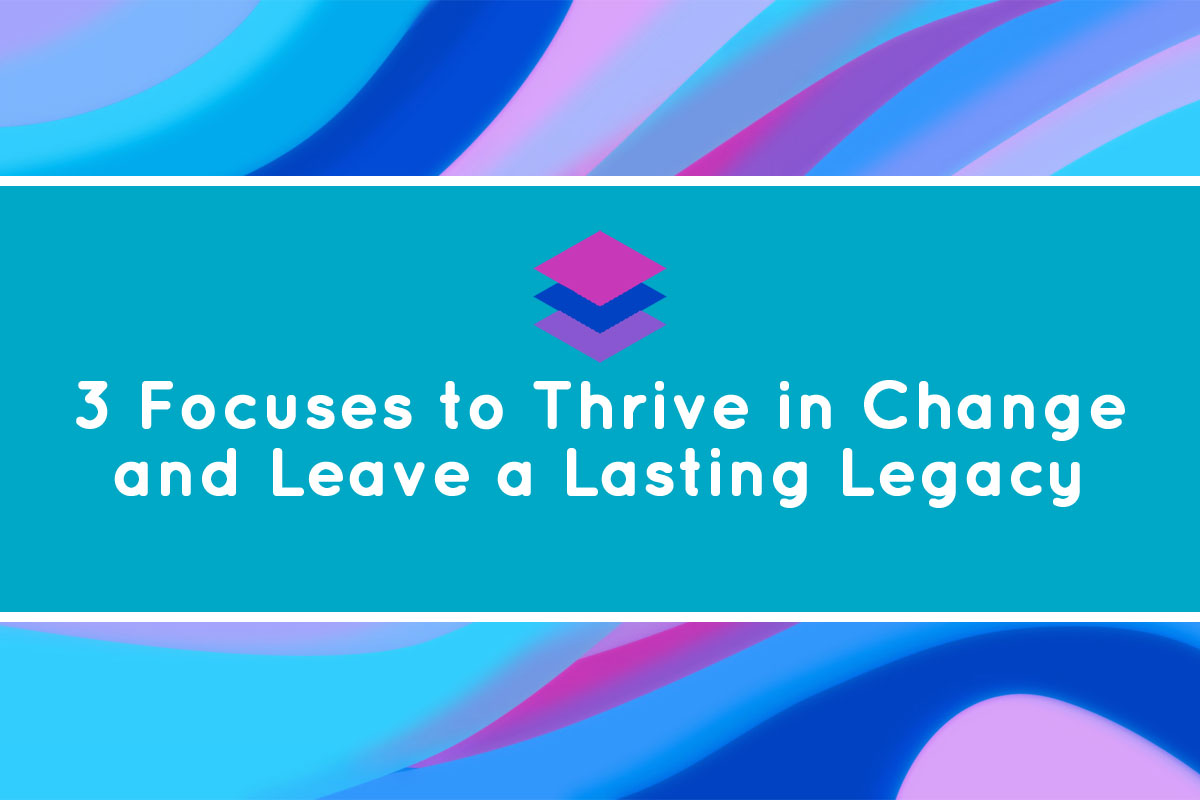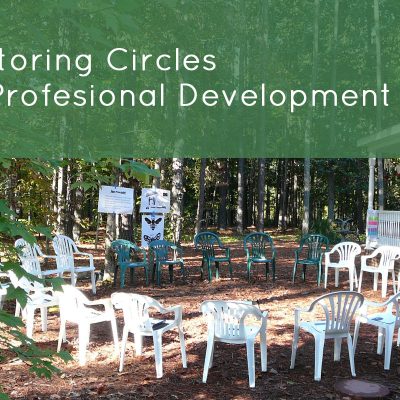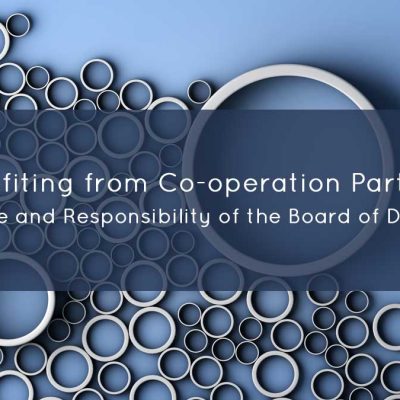
As a leader, you want to leave a lasting legacy behind you when your leadership of an organization comes to an end. A legacy of having led a great (not just good) organization. One of the factors that is critical for this kind of success, in any industry, in the for-profit or not-for-profit sectors, in any country in the world, is intentionally developing your organization to thrive in change.
What does it mean to Thrive in Change?
Thriving in change means that leaders support themselves and their organizations to develop the skills, capacities and awareness in navigating change. This means:
- developing a consciousness that change is constant
- equipping the organization with tools and processes for working with change
- embedding the consciousness, tools and processes for working with change into all of their business practices
- developing and working within an operating platform designed to work with change as constant
There are 2 different types of change to be considered. The first is external change, which is the kind of change we are most familiar with. Fluctuations in the global economy, changes in government or government policy, and new emerging markets for your products or services are all examples of external change.
The second kind of change is internal change. Many business practices represent change to those affected by them:
- business planning
- strategy planning
- work-plan planning
- results accountability system planning and implementation
- just to name a few
Leaders who are leading great organizations recognize that the process of developing these business practices goes beyond the primary objective of achieving the product. The process used to develop the product must be one that works with the people involved as though they are in a change process and not simply outcome driven.
Three Focuses for Thriving in Change
In order to develop an organization that can thrive in change, three strands of how organizations work must be artfully woven together:
- Technology – the tools used to achieve a business outcome such as a strategic plan. An example of a tool is a Strategy Canvas from the Blue Ocean Strategy work or a Strategy Map from Norton and Kaplan’s Strategy Map work.
- Process – the change facilitation processes used to assist the people involved. This includes processes in both the development of the plan and intended implementation of the plan to be successful. Examples of change facilitation process is Whole Person Process Facilitation or Open Space Technology.
- People – this refers to paying attention to the people part of developing and implementing a successful plan. This includes creating the conditions for the people in your organization to have the willingness, capability, and inspiration to carry out their targets and goals in the plan.
If you aren’t already paying attention to artfully weaving these 3 strands together, we recommend that you consider how to begin weaving them into your regular business leadership practices. Can you see how paying attention to what’s needed to thrive in change can be important to your ongoing business success?
Photo Credit: miamiamia | FreeImages.com











Leave a Reply
You must be logged in to post a comment.